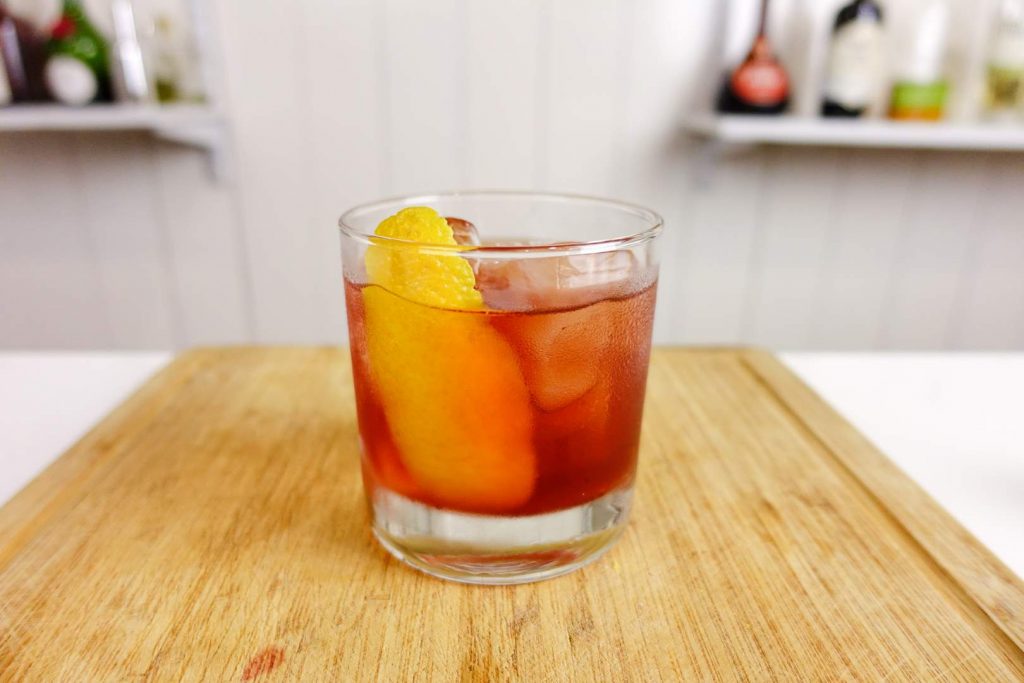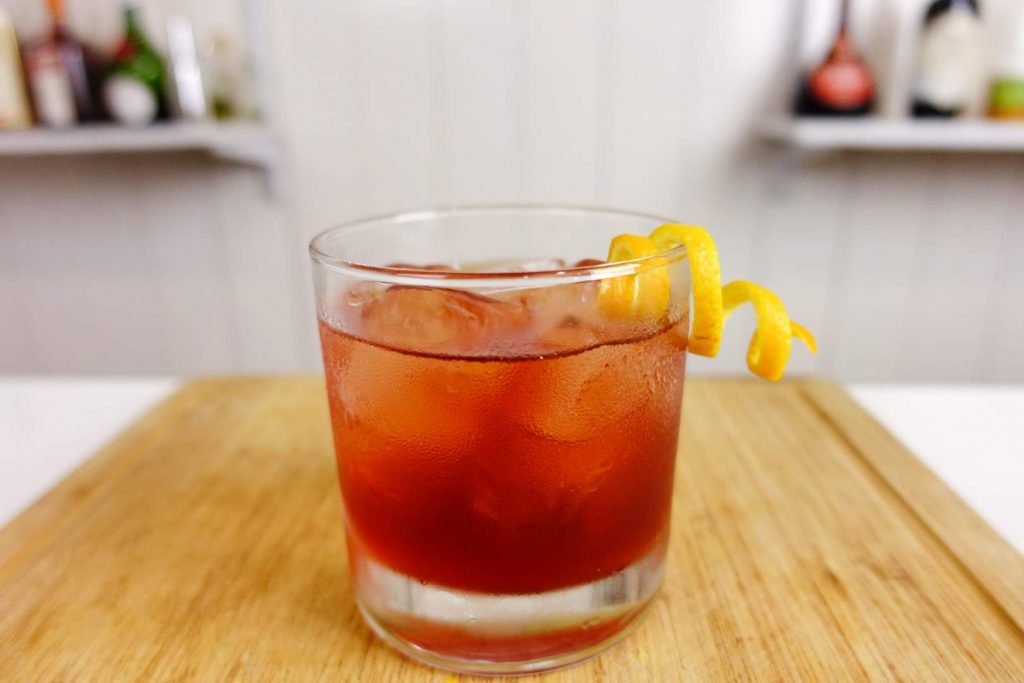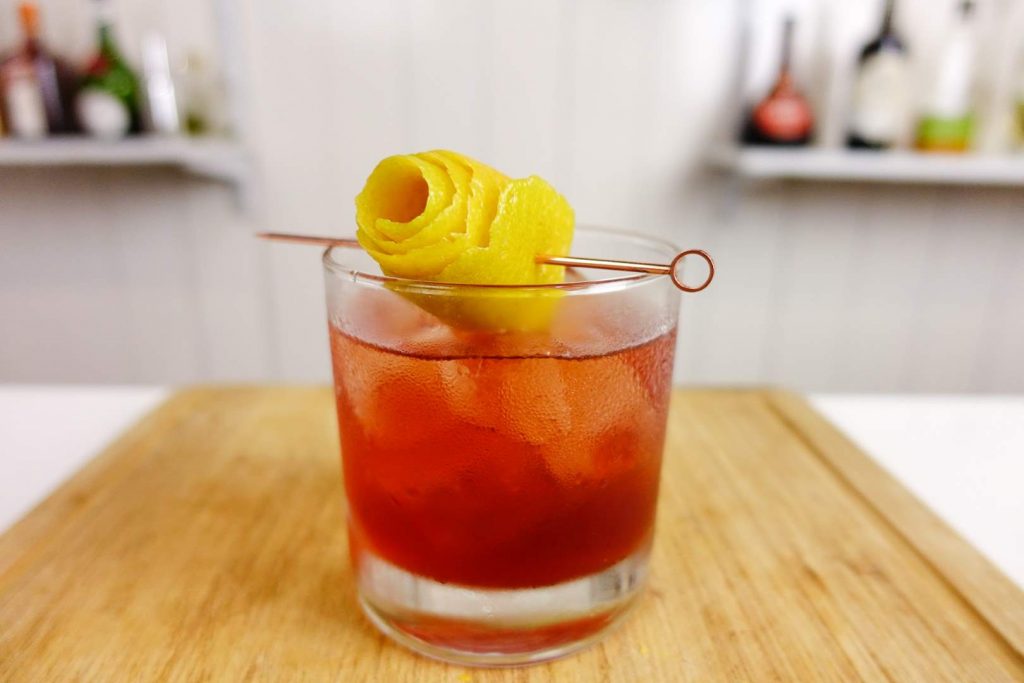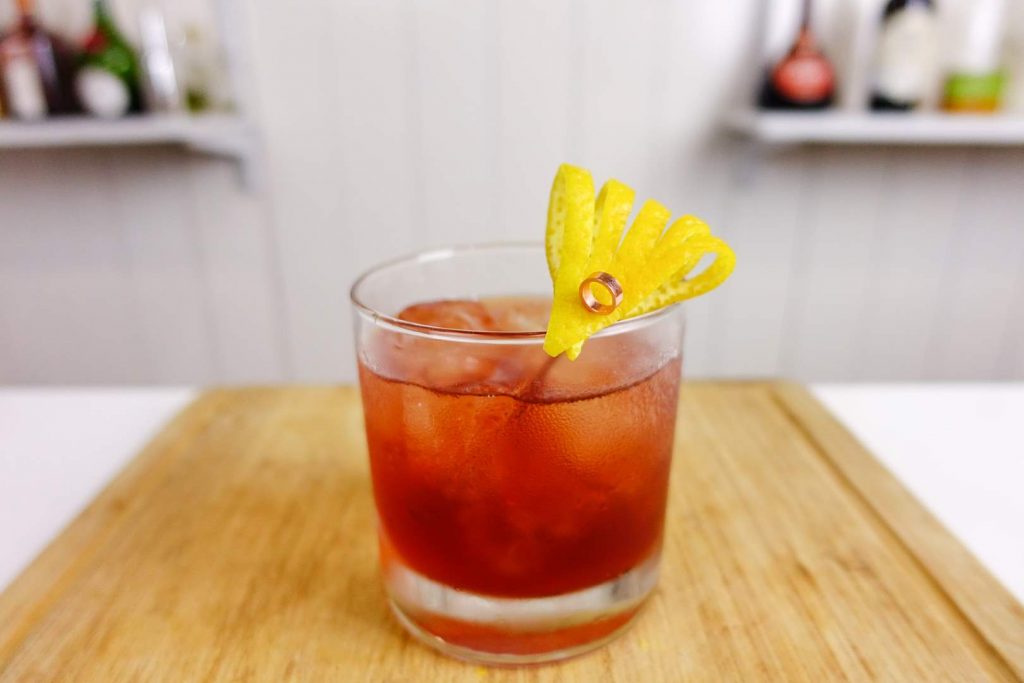Easy Citrus Cocktail Garnishes and Techniques
Contributed by on Feb 21, 2019
Four readers love this post.
Citrus in Cocktails

An overwhelming number of classic cocktails would not exist without citrus fruit. Classics like the Sidecar and Brandy Crusta rely on the sour notes and acidity of fresh lemon juice whilst menu staples such as the Daiquiri and Margarita would not be possible without the subtle bitter flavours and acidity of fresh lime juice.
Citrus fruit is an integral component of cocktails – bringing sour notes, subtle bitterness and acidity – creating flavour whilst brightening up drinks.
Why use citrus for garnishing a drink or cocktail?
Citrus is a super simple and visually appealing way to decorate your cocktail. It’s common practice to pair the garnish of a cocktail with the ingredients within the drink itself – so it’s clear why citrus garnishes are so prevalent, given that their are so many cocktails reliant on citrus fruit. The citrus garnish compliments the cocktail’s ingredients whilst bringing additional flavours and aroma.
Orange twist on a Cosmopolitan
Expressing the oils of an orange into a Cosmopolitan will add a subtle bitterness to the tart cranberry concoction, balancing out the dryness and acidity. Flaming the orange zest will add slightly smoky complexity to the bright orange fragrance.
Twist of lime on a classic Daiquiri
Adding a twist of Tahitian lime on the side of a glass accompanying a Daiquiri will bring aromas of bitter, fresh lime peel – enhancing the drinking experience as you raise your glass.
Types of Citrus Garnishes
There are basic types of citrus garnishes such as slices, wheels and wedges (which are pretty self explanatory) but don’t worry, I won’t go into detail for these simple forms of citrus garnishes.
Making sure your citrus is fresh and firm will result in a better garnish. Fresh citrus will have vibrant colour, aroma and flavour and firm fruit will enable an easier cut / peel. Storing your citrus at room temperature prior to garnishing will ensure maximum oil extraction and, therefore, result in better flavours and aromas.
The white layer on the inner of the peel, known as the pith, has a strong, bitter taste. When garnishing, ensure the pith is kept to a minimum but also keep in mind that a little pith will help garnishes retain their shape.
Rustic Citrus Swath
One of the easiest and most common styles of citrus garnish is the rustic cut swath of citrus peel. A relatively large piece of peel with a thin layer of pith is used to express the oils (squeeze the peel) over and into drinks – adding bitter notes and a bright, citrus aroma.
A simple garnish that maximises flavour and aroma.

Citrus Twist
The citrus twist is a more elegant alternative to the citrus peel swath. Whilst the garnish is great for presentation, it requires a little more attention to retrieve those flavoursome oils and aromatics. Generally the twist utilised is smaller than a large swath so, if you require a larger dose of citrus oils (think, a Negroni) then you may want to peel the garnish over the drink to catch those additional oils.

Flamed Zest
Flaming the orange zest will add a slightly smoky complexity to the bright orange fragrance. A flamed zest is commonly used in the Cosmopolitan cocktail.

Dainty Spiral
The citrus spiral is an eye catching and simple garnish. Use a channel knife for a quick and easy spiral of citrus zest or watch the video above for an easy to follow technique (03:56 – click here to skip straight to the Dainty Spiral within the video).

Citrus Rose
The citrus rose garnish is surprisingly quick to make and effective. The key to making it work is either a cocktail pick or toothpick in order to hold it all together.

Citrus Heart Garnish
The citrus heart garnish is a step up from the humble old citrus twist. A few quick cuts of the citrus peel and spike it on a cocktail pick to elevate your next citrusy cocktail.

The post Easy Citrus Cocktail Garnishes & Techniques appeared first on Steve the Bartender.
